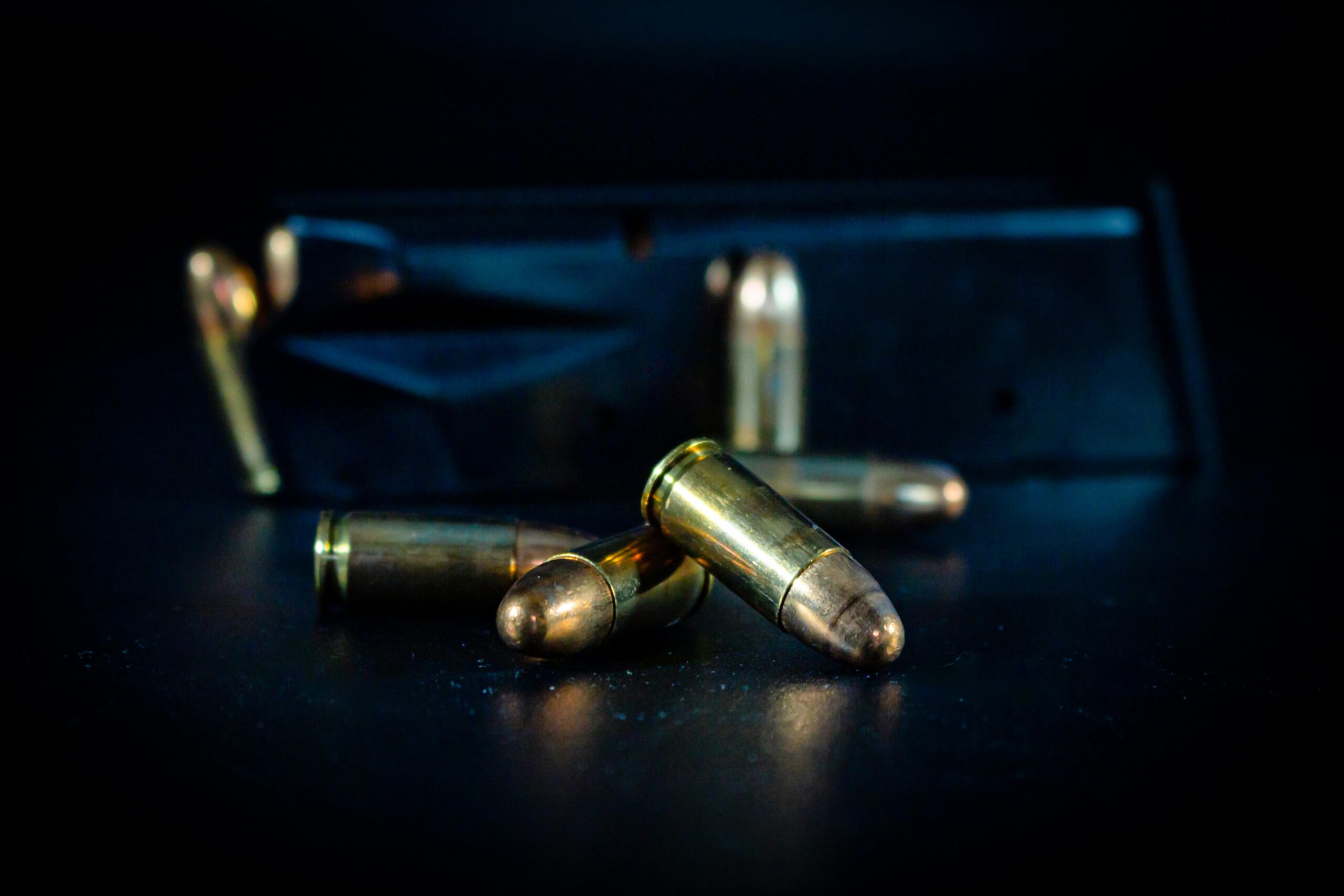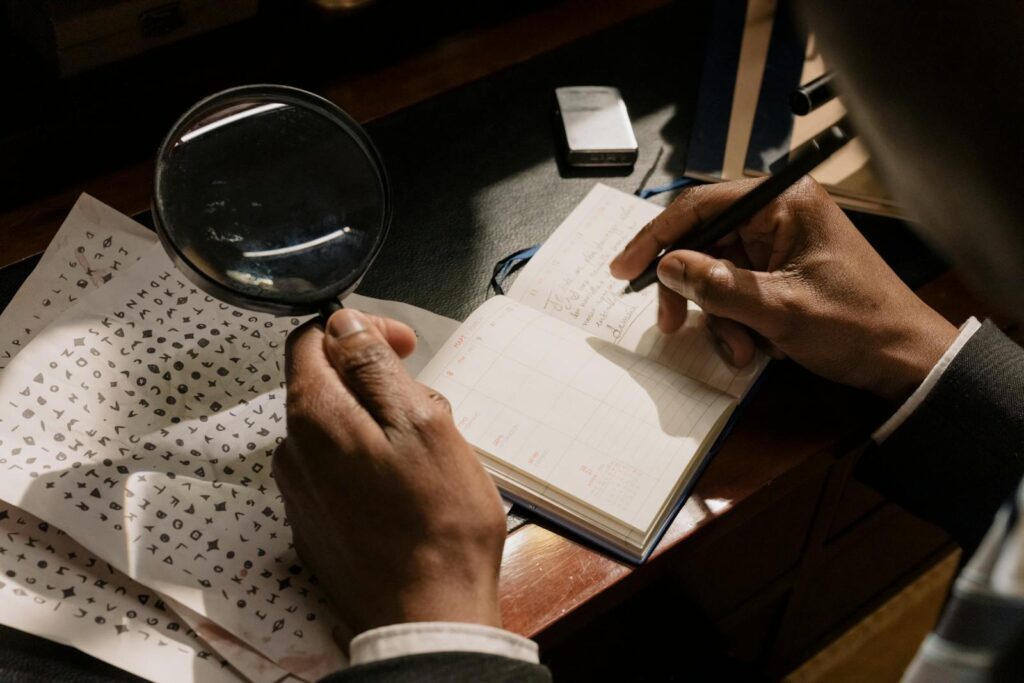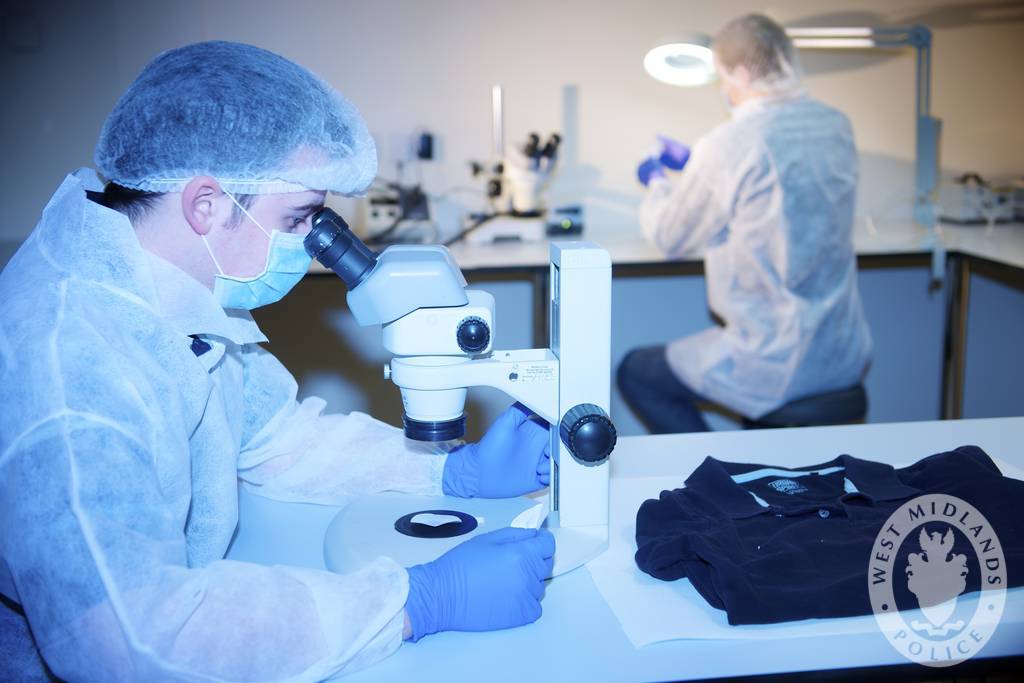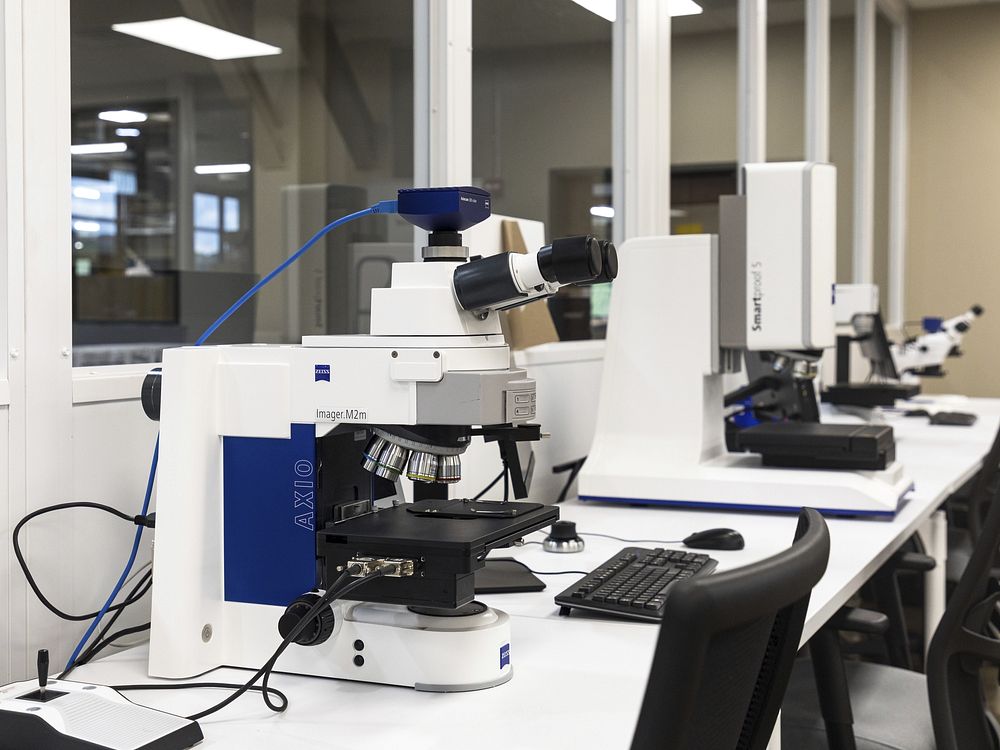Now Reading: Forensic Ballistics and Gun Residue Analysis Using Advanced Spectroscopy
-
01
Forensic Ballistics and Gun Residue Analysis Using Advanced Spectroscopy

Forensic Ballistics and Gun Residue Analysis Using Advanced Spectroscopy
Forensic ballistics serves as a key discipline within criminal investigations related to firearms. It is the scientific examination of bullets, ammunition and gunshot residues to link suspects to firearms and shooting events. Firearm discharge leaves behind microscopic and chemical traces on the shooter’s hands, clothing, and surrounding surfaces. The traces, known as Gunshot Residues (GSR), represent an important type of trace evidence and can be used for the reconstruction of shooting events or to connect a person to a firearm.
Historically, forensic scientists have detected unique GSR particles containing lead (Pb), barium (Ba), and antimony (Sb) that require Scanning Electron Microscopy with Energy-Dispersive X-ray Spectroscopy (SEM-EDS) laboratory preparation. However, advancements in spectroscopic methodologies such as Raman spectroscopy, Fourier Transform Infrared spectroscopy (FTIR), and Inductively Coupled Plasma Mass Spectrometry (ICP-MS) have provided analysts with greater capabilities.
The newest techniques and non-destructive methodologies provided have the ability to identify GSR even in the absence of classical elements (e.g., the increase in “lead-free” ammunition) chemotype of residue. The evolution of ballistic forensics has not only been technological advancements, but it has also been to provide reliable, reproducible, and scientifically acceptable evidence in a court of law.
Gunshot residue (GSR): When a weapon is fired, the primer and propellant mix inside the cartridge explodes, producing extremely high temperatures and pressure. This results in partial vaporisation of the metals in the cartridge, and they will then condense as tiny particles that end up on the shooter, the firearm, surrounding surfaces, and in some cases on the victim. GSR tends to be made up of inorganic (metals from the primer and cartridge) and organic materials (gunpowder additives (diphentylamine, nitroglycerine)), with both types identified during a complete analysis.
Older ammunition contained primarily lead styphnate primers, which produced residues of Pb-Ba-Sb, which were identified by SEM-EDS very easily. Due to environmental issues, manufacturers have sought avenues to not use lead or any heavy metals in ammunition, which eliminates a key point of identification. The focus of research at this time is spectroscopy-based methods, which can attempt to look at both organic and inorganic GSR components and have sufficient sensitivity and selectivity.
Advanced analytical techniques in GSR detection:Laser-inducedd breakdown spectroscopy (LIBS) & LA-ICP-MS
One innovative approach uses laser technology. Specifically, using a two-pronged method with Laser-Induced Breakdown Spectroscopy (LIBS), in combination with Laser Ablation Inductively Coupled Plasma Mass Spectrometry (LA-ICP-MS), showed very promising results. One study that analysed real gunshot residue from shooters was able to differentiate between leaded, lead-free, and mixed residue types with great sensitivity. This analysis was able to provide quick elemental profiling while minimising sample destruction. LA-ICP-MS provides rapid in-situ maps of elemental composition, and in conjunction with LIBS, researchers can obtain elemental data that is both spatially resolved and quantitative. This offers forensic scientists an advantageous method for distinguishing between different types of primers and for classifying GSR with high confidence.
Reference: (Vander Pyl C, Martinez-Lopez C, Menking Hoggatt, Trejos TT. Analysis of primer gunshot residue particles by laser-induced breakdown spectroscopy and laser ablation inductively coupled plasma mass spectrometry. Analyst. 2021 Sep 7;146(17):5389-5402. doi: 10.1039/d1an00689d. Epub 2021 Aug 4. PMID: 34346415.)
- Single particle ICP-MS
Another original method is single particle ICP-MS (spICP-MS), where individual nanoparticles in suspension are detected, and the elemental content of each particle is measured one at a time. This proof-of-concept study sampled GSR from shooters’ hands, suspended the particles in fluid, and then measured antimony, barium, and lead on a per-particle basis. The method is rapid; several hundred particles can be measured in a couple of minutes.
These provide significant benefits, such as minimal sample preparation, very low detection limits, and fast screening for many samples, and these methods can also be used as a complement to traditional SEM-EDS methods when identifying smaller or atypical GSR particles.
Reference: Heringer RD, Ranville JF. Gunshot residue (GSR) analysis by single particle inductively coupled plasma mass spectrometry (spICP-MS). Forensic Sci Int. 2018 Jul;288:e20-e25. doi: 10.1016/j.forsciint.2018.05.010. Epub 2018 May 25. PMID: 29807755.
- ICP-MS for GSR in blood-stained samples
One practical problem with GSR detection is when residues are deposited on blood-stained surfaces. Traditional microscopy (SEM- EDS) may fail in these contexts because blood can obscure or mask particles. A recent study addressed this by using ICP-MS to measure GSR in bloodstained material. They tested the samples with Sn, Sb, Ba, and Pb and found that blood does not significantly interfere with detection when using the right sample digestion methods (microwave digestion or ultrasonic vibration). This makes ICP-MS a powerful alternative in complex real-world crime scenes.
Reference: Li X, Yü A, Xia X, Zhu Y, Song H. A study on the measurement of GSR with bloodstains by ICP-MS. Forensic Sci Res. 2023 Nov 29;9(4):owad033. Doi: 10.1093/fsr/owad033. PMID: 39664770; PMCID: PMC11630047.
- Vibrational spectroscopy: Raman& FTIR
One of the most thrilling developments in current gunshot residue research is the use of vibrating spectroscopy, namely Raman spectroscopy. Historically, existing techniques had focused on metallic residues and detection, but Raman is focused on the organic components of gunpowder as well as the combustion products. When a gun is fired, there are minute chemical changes with the propellant — stabilisers, binders, and combustion by-products, each leaving its own molecular ‘fingerprints’, and Raman spectroscopy can detect these with exceptional sensitivity.
An important note regarding this type of technique is that it is non-destructive, which is critical when discussing small and limited samples as the evidence can still be analysed without being compromised. When in the lab, often Raman spectra are combined with statistical analysis tools within chemometric models to separate residues from different ammunition types. This allows forensic scientists to potentially differentiate with some accuracy not only whether or not a gun was discharged, but even a specific brand or formula of ammunition was used.
When paired with Raman, Fourier Transform Infrared Spectroscopy (FTIR) provides a valuable third viewpoint. While Raman looks at molecular vibrations depending on how light scatters off molecules, FTIR measures how molecules absorb infrared light. Each technique “sees” distinct aspects of the same residue, and together they generate a more complete chemical portrait of it. In practical terms, vibrational spectroscopy provides forensic practitioners with a discipline-agnostic, chemical-based approach to investigating organic gunshot residues that would likely be missed if traditional metal-based approaches were the only ones used. It is fast, accurate, and evidence-friendly, a trifecta of features that is elevating forensic ballistics into a new age of precision and reliability.
Conclusion: Gunshot residue analysis remains a fundamental area in ballistic forensics but is rapidly evolving. The traditional microscopy approaches are being enhanced, and in some cases challenged, by spectroscopic and mass spectrometric techniques that offer more complete and sensitive insight into residue composition even in lead-free ammunition, as well as complex biological samples. These more advanced techniques, such as LIBS, LA-ICP-MS, spICP-MS, Raman and FTIR, bring the field of forensic science closer to providing strong, rapid, and comprehensive evidence to a case. However, to maximise the full potential of these advanced methods, the forensic community must meet the challenges of validation, interpretation, and access. As these methods are developed and mature, they will provide new ways to improve crime-scene reconstruction, link shooters to firearms more accurately, and provide new approaches to detect and interpret GSR in difficult or contaminated samples.










